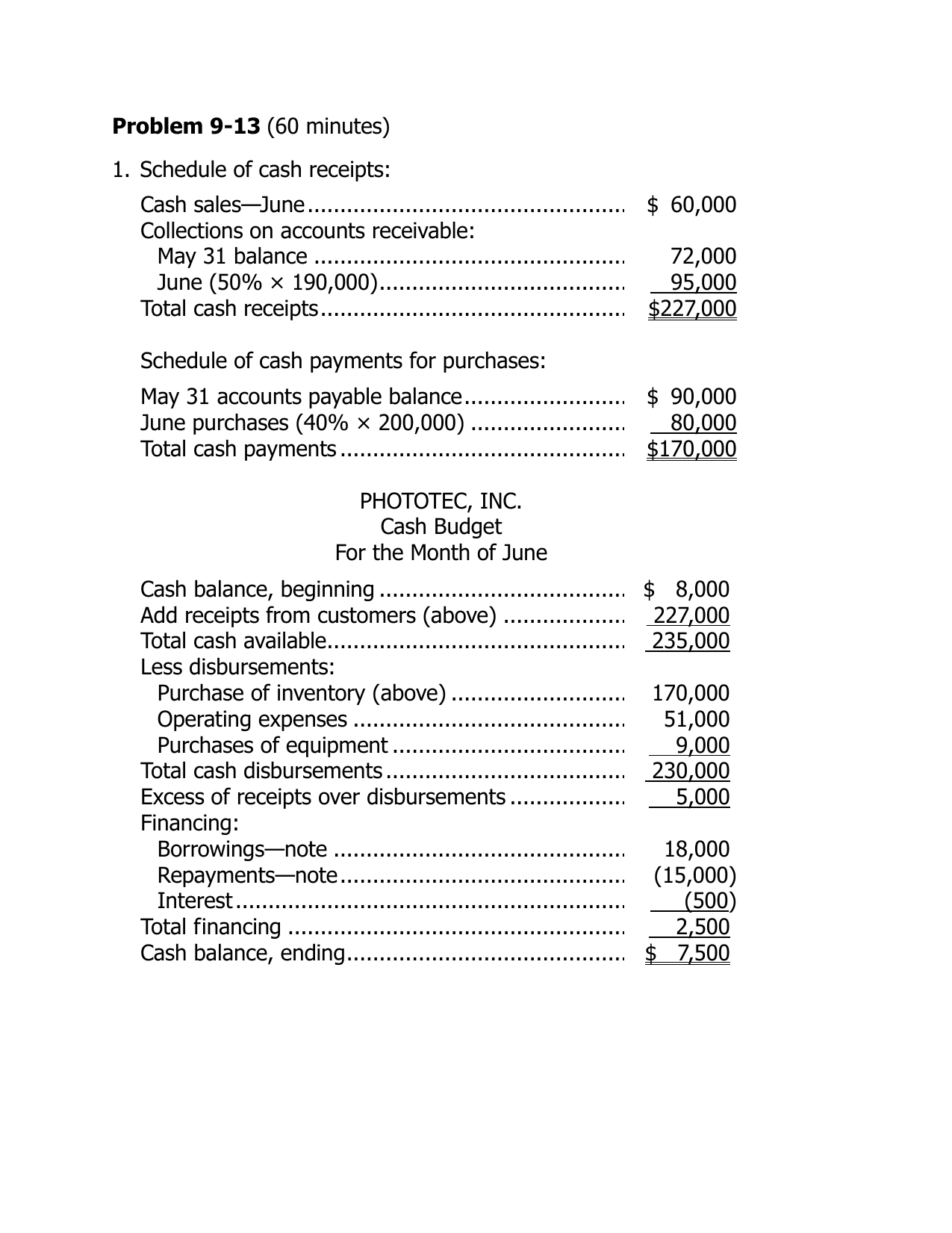

This could be done prior to giving the bank statements over for reconciliation.Ĥ. The responsible person should review the bank statements and canceled checks looking for any unusual items. For example, bank statements should be sent to a responsible person other than the person who reconciles the bank accounts. Avoid placing too much trust and responsibility in any one person.

With this control you are eliminating the risk that is associated with having the same individual who handles the cash also apply payments to customer accounts.ģ. If you implement a lock box system, an employee who has no access to cash should review periodically the lock box receipts with the customer’s individual accounts to make sure payments are applied properly. Used correctly, lock boxes may improve cash flows, and may improve controls over cash receipts because personnel involved in the accounting function do not have direct access to cash.

For example, a company could have an administrative assistance keep the mail log, the controller could then prepare the deposit slip and apply the payments, and then the owner or another manger could review and compare the mail log to the deposit slip and payments applied in the system.Ģ. The important control here is that the mail log is compared to the deposit slip, details in the cash book, or a customer’s individual account by an employee who has no access to cash. This log should then be used to compare to that day’s deposit slip as well as when reviewing a customer’s account. The mail log could include items such as the customers’ names, amounts, and invoices being paid. Set-up a mail log of all remittance received. Two areas that you can look at now to improve are your cash receipts and cash disbursements processes. However, there are some simple internal controls that are often over looked that you can put in place to eliminate some risk. Segregating duties to prevent fraud and reduce weak controls is not always easy, especially when you have a small accounting department.


 0 kommentar(er)
0 kommentar(er)
